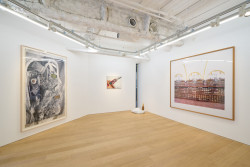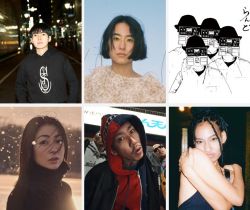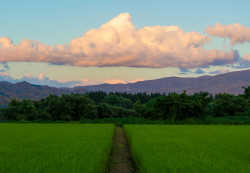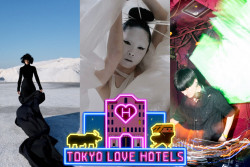
With a welcome nip in the air and the leaves due to change color, now is the time to plan your autumn getaway. A favorite destination of mine at this time of year is the fabled hot-springs resort of Shuzenji. Located in the hilly center of the Izu Peninsula, Shuzenji is just two hours by train from Tokyo but feels a world away.
Its long history is one reason. Shuzenji has been an active center of Buddhism for over 1,200 years. Kobo Daishi, one of the most revered figures in the history of Buddhism in Japan, trained here as a young man and founded Shuzenji Temple. Shuzenji was also a place of exile: Minamoto no Yoriie, the second shogun of the Kamakura Shogunate, was banished here and later assassinated in his bath. The Shigetsuden sutra library, the oldest wooden building on the Izu Peninsula, was built by his mother to calm his spirit although some say she was complicit in his killing.
You could easily spend a day visiting such historic sites and soaking in the hot-spring waters, said to relieve rheumatism and stomach ailments, but with fingers crossed for great autumn weather, I’ve focused on opportunities to enjoy the great outdoors.
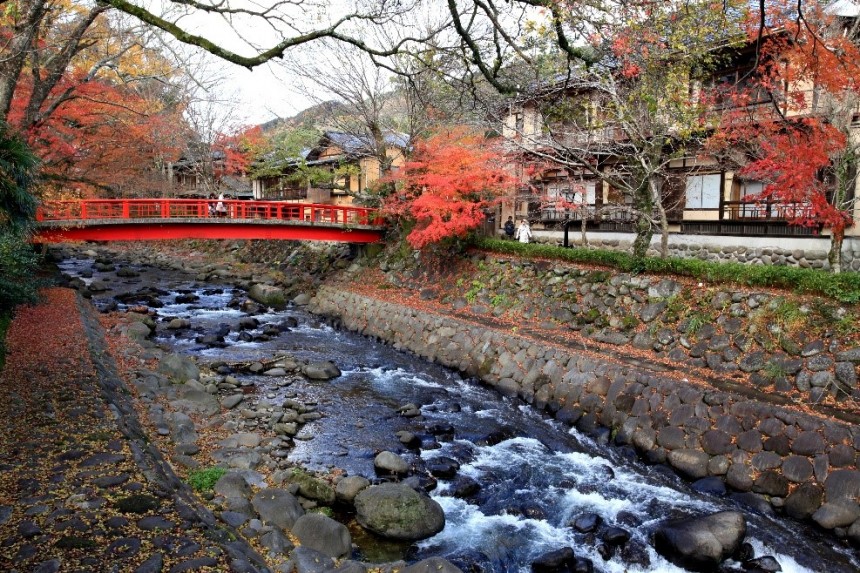
Pedal Scenic Countryside
Shuzenji’s international name recognition jumped when it was selected to host the cycling events of the Tokyo 2020 Olympic and Paralympic Games. Serious cyclists will have no trouble finding challenging routes in the mountainous roads around Shuzenji, including the winding West Izu Skyline, but there’s also pleasant cycling for those with less lofty ambitions. I recommend the gently rolling rural landscapes of the Keikoku district. Rent electric-assist bicycles at the station or in the hot-springs center of town (¥500 per hour or ¥2,000 per day — check izuvelo.com for more details) and follow the road on the east side of the Katsura River towards Okunoin Temple, where there is a beautiful waterfall and Buddhist statues lined up under towering rock cliffs.
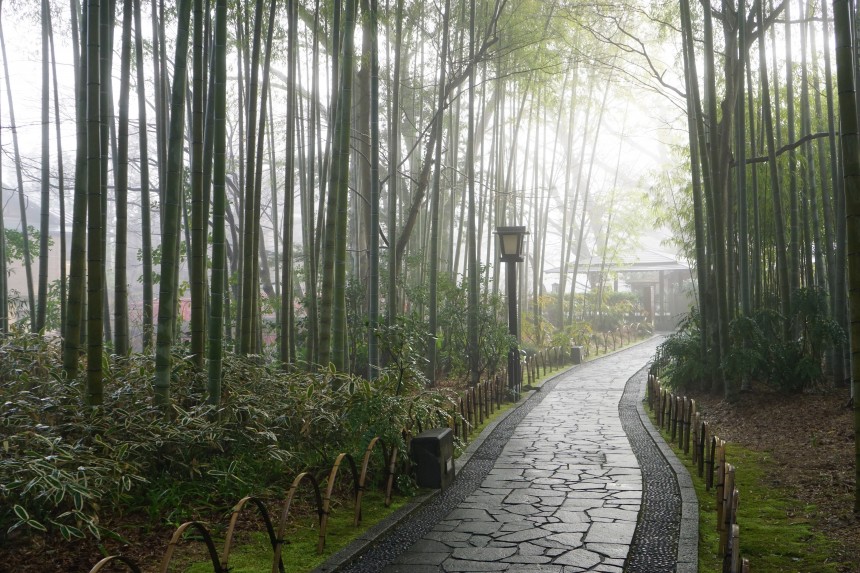
Take a Hike
My hands-down favorite hike is to Mount Daruma, a relatively easy climb from the Heda Pass that rewards with amazing vistas, including a spectacular view of Mount Fuji if skies are clear. There are generally fewer clouds in the morning. Buses run roughly every two hours from Shuzenji Station and the hot-springs area, dropping you at the trailhead at the Heda Toge bus stop in under a half-hour. If you prefer a longer hike, get off one stop earlier at the Darumayama Kogen Rest House, where you can have a coffee and admire Fuji towering over the Suruga Bay. The trail to Kinkanzan and Darumayama via Heda Pass begins along the road just above the public restrooms.

Rainy-day Alternatives
Should the weather turns inclement, there’s still plenty to do. Uchicchi Café near Shuzenji Temple offers craft activities on a walk-in basis. I’ve done the leaf-stamp class, which requires only 30 minutes, using real leaves to impress colorful autumn designs on a souvenir handkerchief. If your crafty urges veer more toward the alcoholic, consider a visit to Baird Brewery Gardens, where American Bryan Baird runs a taproom. Free tours on weekends and holidays; sampling of the yummy craft beers not included.
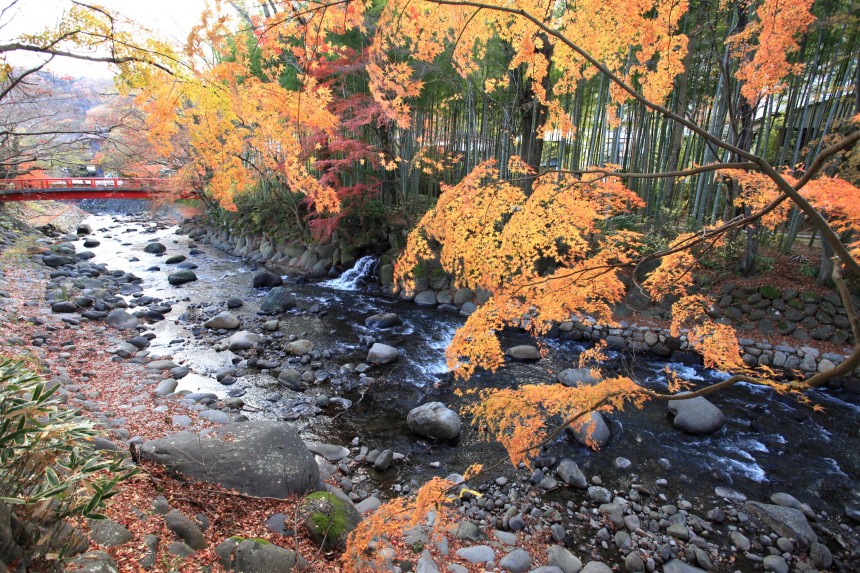
Getting there
From Tokyo Station, take the JR Odoriko limited express to Shuzenji Station (120 minutes) or ride the Tokaido/Sanyo shinkansen to Mishima Station (from Tokyo Station, 45 minutes on the Hikari; 60 minutes on the Kodama) and change to the Izu-Hakone Line for Shuzenji (35 minutes). By car, travel time will vary but once you’re on the Tomei Expressway there isn’t a single traffic light all the way to Shuzenji.
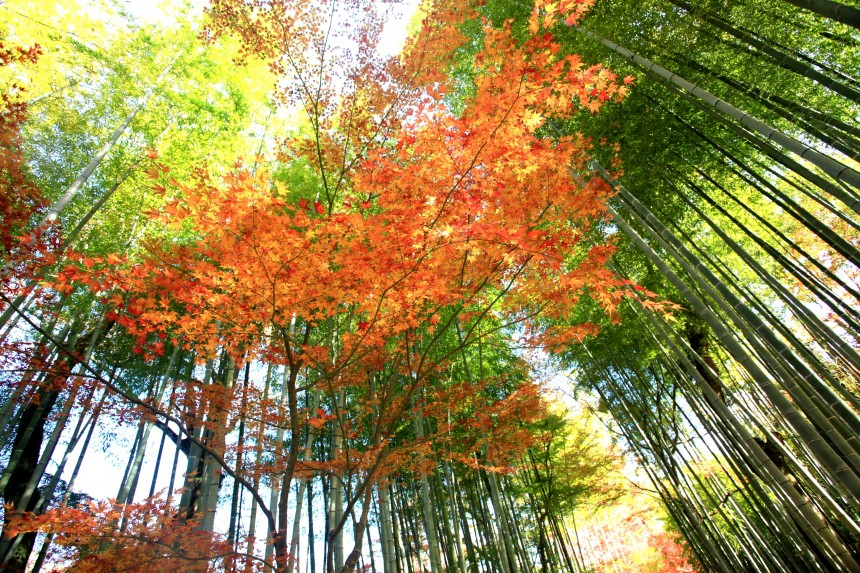
Lodging
Shuzenji can be experienced as a daytrip but why not stay overnight to get more from your visit? Lodging ranges from once-in-a lifetime luxury to backpacker hostels. I’ve stayed at or toured the following accommodations and give them all a personal thumbs-up.
Splurge: If money is no object, treat yourself to Asaba Ryokan, a polished and discrete Japanese inn with full-on service. There is even a Noh stage in the garden.
Historical charm: Located on the river in the center of the hot-springs area, Arai Ryokan dates to 1872 and has hosted famous novelists, artists and kabuki actors. The bath, built in 1934 in the style of Nara-era (8th century) architecture, is not to be missed.
Bike-friendly: Second-floor rooms at Mizuguchi Ryokan open onto a deck over the river. Simpler than the full-service inns above, Mizuguchi offers Japanese-style accommodations but no evening meals; eat and drink at your choice of several nearby restaurants. Cyclists are welcome to bring their steads inside.
Cheap sleeps: Budget travelers will appreciate the clean and friendly Hostel Knot, on a quiet street near Shuzenji Temple. A dormitory bed is just ¥3,300 per night. There’s a shower on premises but most guests pay an extra ¥300 to use the hot-spring bath at a nearby inn.
Special Event
Nov. 7-9
Shuzenji 88 Pilgrimage Hikes
Shuzenji has its own version of Shikoku’s famous 88 temple pilgrimage, offering a compact route that can be fully walked in three days. It is held every year on November 7 – 9. To participate, just turn up at Shuzenji Temple by 7:30am on any of those days. No reservations required and participation is free.
Learn more here.

